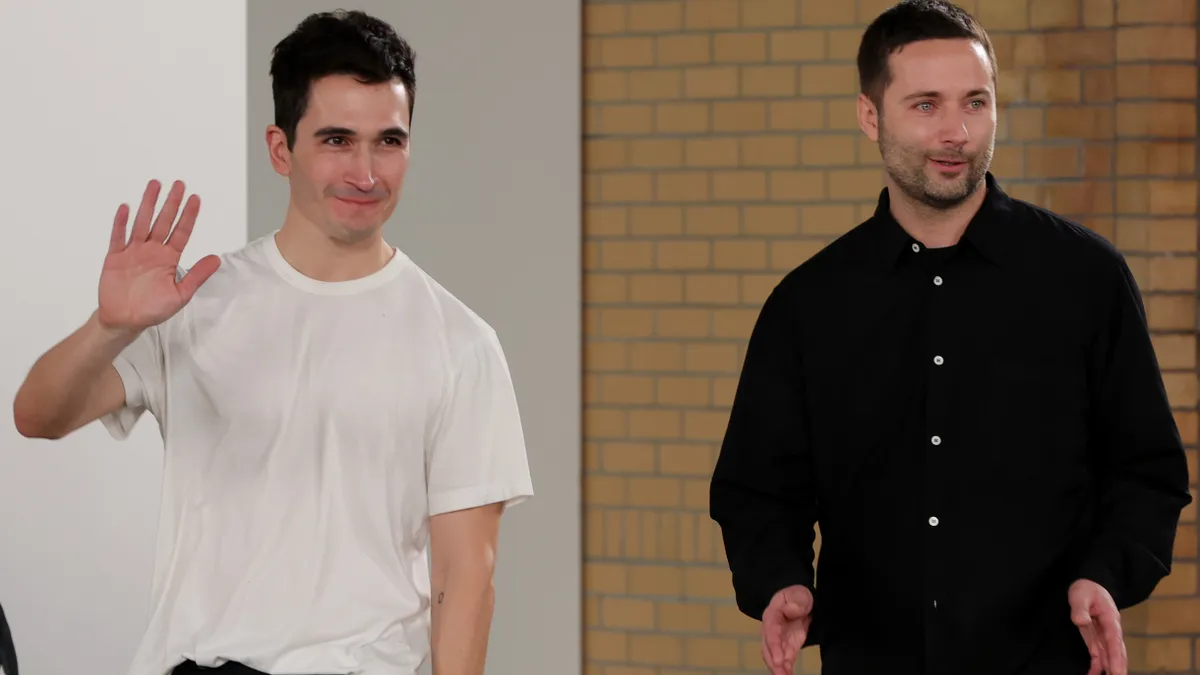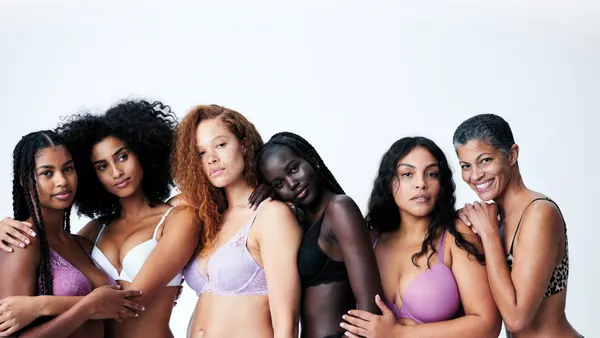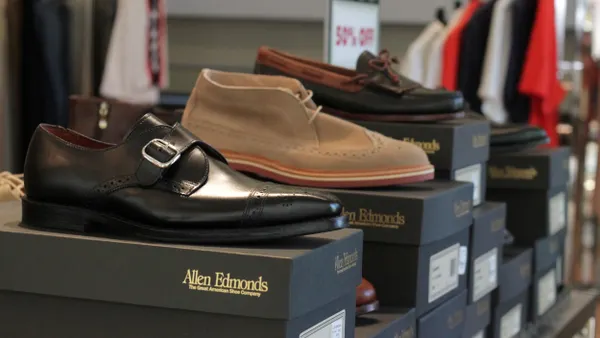Dive Brief:
- Brunello Cucinelli SpA reported Q1 revenue of 341.5 million euros, or about $388.8 million, a 10.5% year-over-year increase, according to a press release Wednesday.
- The company saw double-digit growth across each of its reported geographic regions, with the Americas growing 10.3%, Europe growing 10.1% and Asia growing 11.3%.
- Cucinelli’s retail business grew nearly 12%, while wholesale increased about 8% year over year.
Dive Insight:
Cucinelli’s results draw contrast to the larger narrative of luxury fashion experiencing a downturn. Recent luxury earnings have been mixed. Earlier this week, LVMH reported a revenue decrease of 2%, while Hermès and Prada have consistently experienced revenue growth.
In the release, Cucinelli noted that within the last quarter it has made progress in the construction of new factories as well as the expansion of the factory in Solomeo, Italy. This is part of the company’s plan to double production capacity by 2033 and maintain flexibility due to its short, made in Italy production chain.
Despite the uncertainty of the economy, Cucinelli expects to end 2025 with a revenue increase of about 10%, and “a healthy and balanced level of profitability,” per the release.
Brunello Cucinelli, executive chairman and creative director, said in the release that the company has asked its employees and collaborators to “to stay focused on our work and to remain trustful, polite, kind, gracious, united, and focused until such time as the economic landscape finds renewed stability.”
“We believe that such challenges are cyclical by nature and part of the broader human experience,” Cucinelli said. “We sincerely hope that the tensions of today may give way to a spirit of collaboration among people, paving the way for a future enriched by generosity and courage.
Earlier this year, when Cucinelli reported strong fiscal 2024 results, analysts said the brand benefits from targeting a quiet luxury customer base. The customers are loyal, affluent and tend to prioritize intrinsic value over fashion-driven consumption, Yanmei Tang of Third Bridge said.











